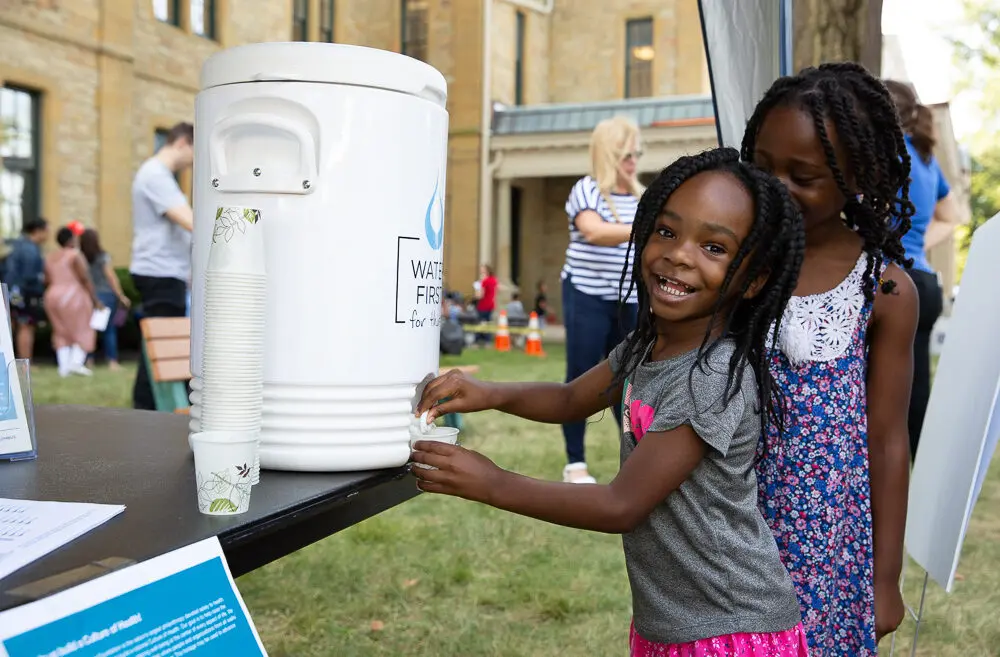For decades, WIC has provided food and other critical resources to millions of families. In 2024, more than 6.7 million people participated in WIC, including almost half of infants born in the U.S. The WIC program plays a key role in helping a wide range of families get a healthy start,
WIC also helps to keep families with low incomes out of poverty. Estimates show that the program contributed to a 2% reduction in the child poverty rate by 2019 compared to what the rate would have been without WIC.
In 2024, Jamie Bussel, senior program officer of the Robert Wood Johnson Foundation, hosted a live conversation with Georgia Machell, president & CEO of the National WIC Association, to celebrate WIC’s 50th anniversary, and discuss recent policy progress and what’s next for the program. Watch their conversation here.
Earlier that year, USDA finalized changes to the WIC food packages, aligning them with current nutrition science. The changes include:
- Increasing the fruit and vegetable benefit, providing participants with up to four times the amount they previously received;
- Increasing access to whole grains in breakfast cereal, bread, and grains, and reducing the amount of sugar in yogurt and milks consistent with the current Dietary Guidelines for Americans; and
- Maximizing food choice to reflect dietary guidance and accommodate cultural and personal preferences.
RWJF submitted comments in support of these updates and urged USDA to implement the changes as soon as possible. Read the National WIC Association’s statement on the finalized changes to learn more.






